Best Tips for using iOS 13 and and iPadOS 13
See if your iPhone or iPad works with the new OSes. Here's the official list of devices that will run iOS 13 and iPadOS 13, not including the most recent batch, which come with it installed:
Devices that will support iOS 13, iPadOS 13
- iPhone XS
- iPad Pro
- iPhone XS Max
- iPad Pro
- iPhone XR
- iPad Pro
- iPhone X
- iPad Pro
- iPhone 8
- iPad (6th gen)
- iPhone 8 Plus
- iPad (5th gen)
- iPhone 7
- iPad Mini (5th gen)
- iPhone 7 Plus
- iPad Mini 4
- iPhone 6S
- iPad Air (3rd gen)
- iPhone 6S Plus
- iPad Air 2
- iPhone SE (2020)
- iPhone SE (2016)
- iPod Touch (7th gen)
Install iOS 13 and iPadOS 13 if you haven't already
If you've been holding off on updating your phone or tablet, don't worry -- you won't have to install every single iOS 13 update one by one. You can update directly to the latest available version. But before you update, it's a good idea to get your iPhone ready to update by removing old apps and creating a current backup of your phone. Then, you'll be OK to install iOS 13.
App updates in iOS 13 and iPadOS 13
- Mail: Gets rich new fonts and an option to mute threads.
- Notes: A new gallery view and support for shared folders.
- Camera: Portrait Mode gains new lighting effects and the ability to control the intensity as well as lighting direction.
- CarPlay: An entirely new Apple CarPlay design, with more information on the main screen as well as "Hey, Siri" support.
Subtle improvements to iOS 13 and iPadOS 13
- Add attachments to events in Calendar.
- Time-synced lyrics for Apple Music.
- Support for 3D AR apps like Minecraft Earth
- Face ID unlocking is now 30% faster.
- Apps launch two times faster.
- Downloads are 50% smaller and updates are 60% smaller.
- Low-data mode.
- 38 new language keyboards.
- Language selection per app.
There are plenty of features and capabilities tucked away in iOS 13.6 and iPadOS 13.6, some of which have been added since its launch last September.
For instance, are you using the dedicated dark mode to your advantage, or a feature to stop unknown callers from ever ringing your phone? How about the feature Apple added in March to bring trackpad and mouse support to iPadOS 13.4? More recently, the release of iOS 13.5 introduced improvements to using Face ID while wearing a face mask. That shortlist doesn't even begin to cover features like iCloud folder sharing and general performance boosts included in each update.
Here's everything you need to know about iOS 13, from getting it on your iPhone or iPad to its best features.
Tips for using iOS 13 and iPadOS 13
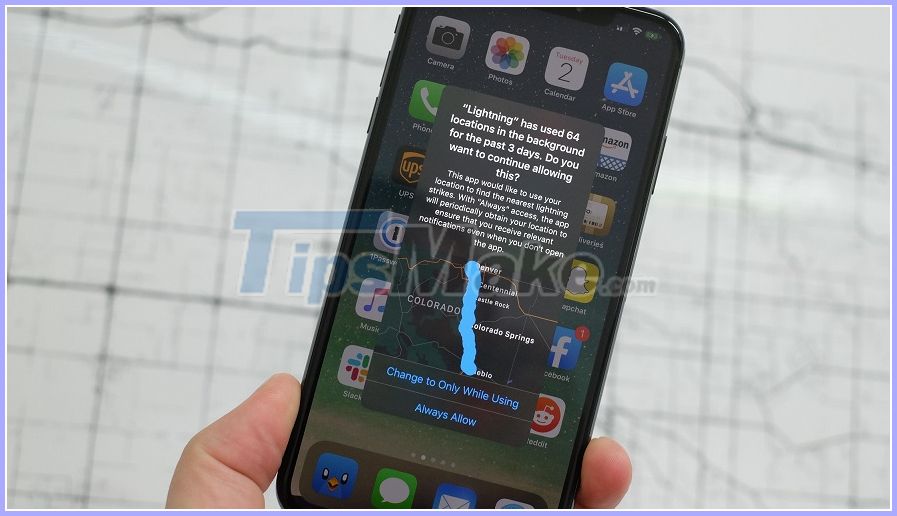 Best Tips for using iOS 13 and and iPadOS 13 Picture 1
Best Tips for using iOS 13 and and iPadOS 13 Picture 1
Quicker Wi-Fi, Bluetooth selection
For years we've thought it would make sense for there to be some way to connect to Wi-Fi networks and Bluetooth devices from Control Center, instead of having to open the Settings app and tap several times.
With iOS 13, Apple has finally made it possible to view and connect to available networks or devices without ever opening Settings. Hallelujah. For us, this fixes one of the iPhone's most annoying quirks.
Stop unknown callers
With a single button, you can effectively stop unknown callers from making your iPhone ring ever again. With the feature enabled, iOS 13 will only allow calls through from your contacts and numbers found in Mail or Messages. Everyone else, like robocallers, will go straight to voicemail.
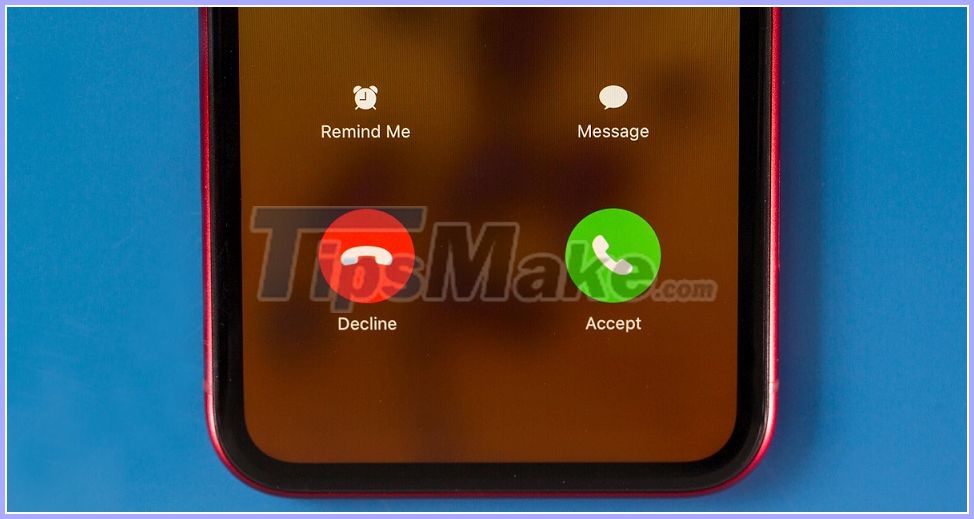 Best Tips for using iOS 13 and and iPadOS 13 Picture 2
Best Tips for using iOS 13 and and iPadOS 13 Picture 2
That swipey keyboard
Android users have been swiping on their keyboards to type for years, using a number of third-party apps, like Swype and SwiftKey. Google later added swiping to its own Gboard. At long last, Apple has added the capability, letting you trace a word to spell it out.
Apple calls it QuickPath Typing. In theory, it's faster than pecking away at the virtual keyboard, and just as accurate -- and you still get spelling suggestions as you go along.
The feature is especially useful for one-handed typing and is ready for use as soon as you install iOS 13. Here's how to use QuickPath on iOS 13. And we found a workaround that lets you cuss on the iPhone keyboard.
Dark mode for all
Dark mode, which replaces the usual light screen with a dark screen, is available across core apps in iOS 13, including the calendar, music and photo apps.
This appears to be systemwide, but we'll need to see if there are any exceptions. Dark mode is a popular trend across apps, with Android 10 adding official support for a dark theme too. Here's everything we know about dark mode for the iPhone.
Deleting apps is a little different
Now that Apple has fully ditched 3D Touch on the iPhone 11, the way we delete and move apps around the home screen of our iPhones and iPads has changed.
iPadOS gestures
The iPad is growing into its own computing platform, and with that comes plenty of new gestures used to get around apps and the homescreen. Whether it's opening multiple apps or quickly switching between workspaces, we have you covered on iPad gestures.
Trackpad support for iPad
Apple added official trackpad and mouse support to its iPad lineup with the release of iPadOS 13.4. The update checks another box in converting the tablet into a true laptop replacement, joining other features like a desktop-class Safari browser and better multitasking.
Hidden features
One of the best parts about using new software is finding features that weren't announced. Often these features are the most notable in a major update, and iOS 13 has its fair share of hidden features.
Photos app adds video editing tools
The Photos app received a pretty significant overhaul. Organizing and surfacing photos are both now easier, and the edit tools have a new look. But most impressive is the ability to use all of the picture editing tools you're familiar with on videos in the Photos app.
Yes, that means you can apply filters, adjust brightness and even crop a video right in the Photos app. This is what you need to know about photos in iOS 13.
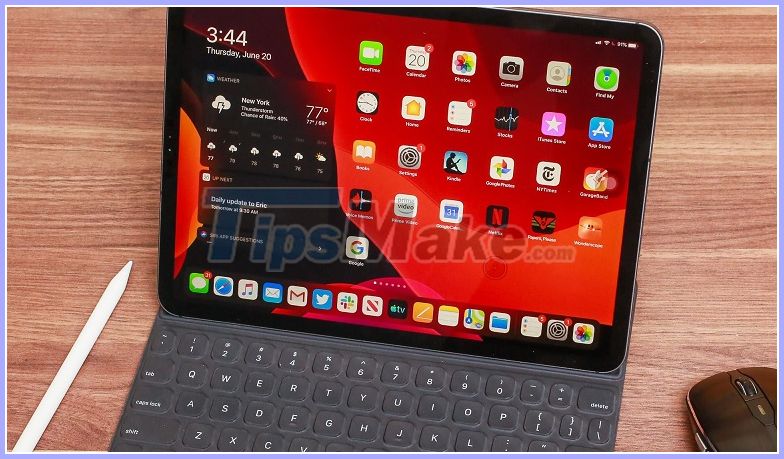 Best Tips for using iOS 13 and and iPadOS 13 Picture 4
Best Tips for using iOS 13 and and iPadOS 13 Picture 4
The volume indicator gets out of the way
Know how iOS has always had an annoying volume indicator that took over the screen, disrupting whatever it was you were watching? Well, on iOS 13, that's gone. The volume indicator is minimal and gets out of the way -- there's even a cool new trick for adjusting the volume.
'Sign in with Apple' won't share your email address
A new privacy feature called Sign in with Apple logs you in to accounts and apps without your having to add your email address, which Apple says will protect users from third-party apps that want to track them.
This is Apple's version of logging in with Facebook and Google, with one major exception. Those tools can be used to track you online, but Apple's version will use your iPhone or iPad to authenticate your credentials when you log in. You tap to authenticate with Face ID without revealing any personal information about yourself.
You can also choose to share or hide your email address, and can ask Apple to create a random email for the app or service that forwards to your actual email address, thereby masking your real identity without your needing to use a junk account.
Apple also blocks apps that track your location from Wi-Fi and Bluetooth and lets you decide if you'd like apps to ask your permission each time they request your location data.
Messages search is much smarter
With iOS 13, the ability to search old Messages conversations has been vastly improved. You can now find links, photos, attachments and even text within a message thread that's several months old.
iMessages now works on dual-SIM phones, with both phone numbers assigned to your phone. You'll need to set a primary number, but you can switch between numbers as you compose messages. The same goes for FaceTime, Apple's video calling platform.
Memoji avatars come to Messages, stickers
Apple's Messages apps will now get support for Memoji profiles, which puts a thumbnail of your Memoji (an emoji of your face) in the Messages app. New controls let you go in-depth with customization, makeup -- even adding braces to your teeth. You also get a sticker pack across your iOS 13 devices.
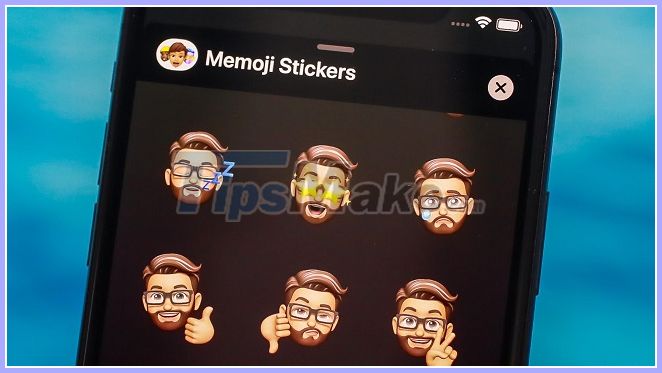 Best Tips for using iOS 13 and and iPadOS 13 Picture 5
Best Tips for using iOS 13 and and iPadOS 13 Picture 5
Reminders has a new look
Reminders looks completely new, and it's so much smarter. You can even tell it to remind you about something the next time you talk to a contact in Messages.
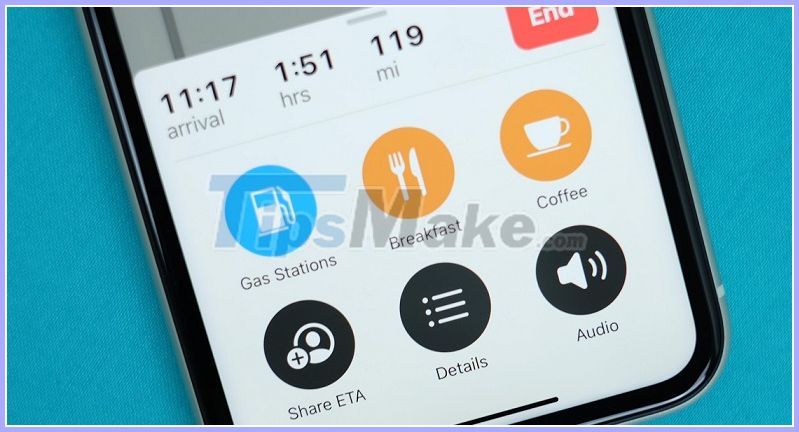 Best Tips for using iOS 13 and and iPadOS 13 Picture 6
Best Tips for using iOS 13 and and iPadOS 13 Picture 6
Custom fonts inside apps
Apple will still limit font selection for iOS as a whole. However, the company is opening up iOS 13 to allow custom fonts inside apps. The added flexibility is perhaps an indicator that Apple is loosening its grip on controlling every aspect of the user experience. This is everything we know about installing, managing and downloading custom iPhone fonts.
Apple Maps improvements
There's now a Google Street View-like feature called Look Around, and a new feature that lets you share your ETA with a loved one so you'll never feel bad about being unexpectedly late again.
Sharing photos and links is different now
Whenever you tap the Share button to share a photo or link, you use the iOS Share Sheet. And starting with iOS 13, that sheet has gotten smarter. It will now suggest contacts and apps to share with. It's also reorganized into a new list of iPhone shortcuts and actions, which can be a bit confusing.
Share music or a movie with a second pair of AirPods
Instead of handing one of your AirPods to a friend or loved one so they can hear what you're listening to, you can now tell your iPhone to stream audio to two pairs of AirPods thanks to Audio Sharing. And if you've used Apple Pay to buy something, you're already a pro at setting up Audio Share.
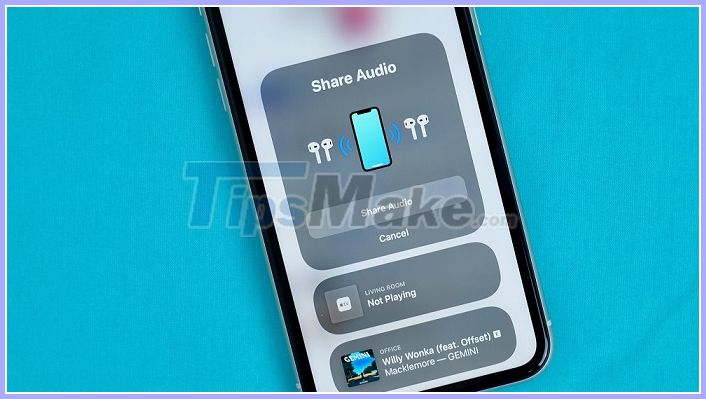 Best Tips for using iOS 13 and and iPadOS 13 Picture 8
Best Tips for using iOS 13 and and iPadOS 13 Picture 8
Find My Phone and Find My Friends join forces
Apple combined Find My Friends and Find My iPhone into a single app now called Find My and added the capability to help find lost devices for people you don't even know.
When you mark one of your Apple devices as lost, Apple will crowdsource the device's location by asking all Apple devices to look for your device's Bluetooth signal. Once another Apple device finds your lost phone, tablet or computer, you'll receive an alert. Apple says the free service is completely anonymous and encrypted.
You should read it
- How to fix home load in PlayerUnknown's Battlegrounds
- Apple users are careful with the kind of malware that is virtually undetectable on a Mac
- 15 mistakes that trainees often make
- Automatically convert Important email to Normal in Microsoft Outlook 2010
- How to use Photoshop CS5 - Part 22: Introducing the Fill Content Aware feature
- How to locate a Samsung phone when lost
- The new MacBook Air will use super fast WiFi
- Running Linux on Windows 10 does not require a virtual machine, here are 18 things you should know
- Set up Ad Hoc wireless network to play WiFi without software from your laptop
- AMD introduces 3rd Generation Threadripper CPU, the world's most powerful computer CPU
- How to Hide Rows on Google Sheets on PC or Mac
- The leading zero format in Excel number ranges is easy
May be interested

How to delete virtual storage on iPhone, free up iPhone memory

How to fix a flicking application in iOS

6 default settings you should turn off in iPhone

How to recover deleted phone numbers

Camera improvements on iOS 14 that Apple didn't mention

Compare battery life iOS 13.6 with iOS 13.5.1: Should you upgrade?






 The basics of using iPadOS
The basics of using iPadOS iPadOS 15: Release date, features and supported devices
iPadOS 15: Release date, features and supported devices How to downgrade iOS 14, iPadOS 14 to iOS 13
How to downgrade iOS 14, iPadOS 14 to iOS 13 iPadOS 14 launch: Improved application interface, support for converting handwriting into text, searching the whole system, ...
iPadOS 14 launch: Improved application interface, support for converting handwriting into text, searching the whole system, ... How to customize widgets on iPad
How to customize widgets on iPad Summary of new features on iPadOS 14
Summary of new features on iPadOS 14